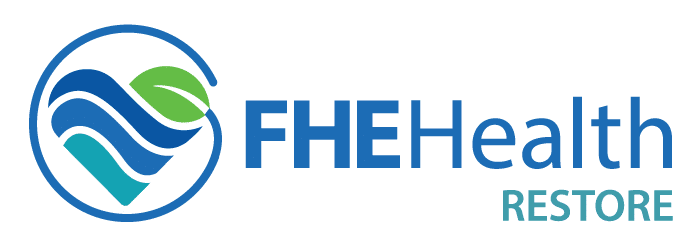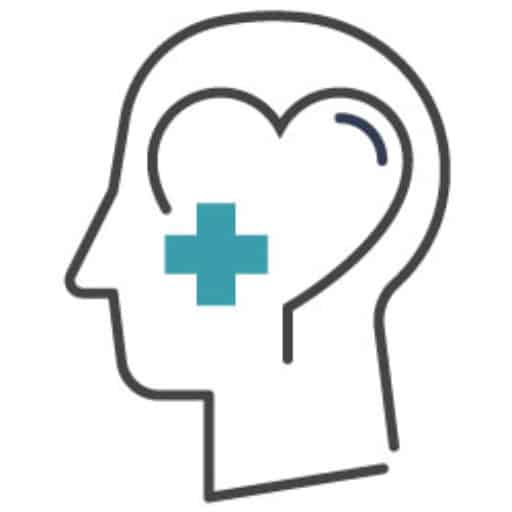You promised yourself “just a quick check” of your feeds. Now, 40 minutes later, you’re still scrolling through earthquake footage, political meltdowns and environmental disasters. Sound familiar? You might be a victim of doomscrolling. But what is doomscrolling exactly, and why do we find ourselves caught in this digital quicksand night after night?
Doomscrolling is a modern habit many of us practice without realizing its impact on our mental health. In this article, we’ll look at why your brain betrays you this way and discuss practical strategies to break free.
What Is Doomscrolling, and Why Is It So Addictive?
Doomscrolling happens when you can’t stop viewing bad news online, even though it makes you feel terrible. The term blew up in 2020, but the behavior existed long before we had a name for it. When you doomscroll, you’re not just checking updates. Sometimes you’re caught in a cycle of consuming one negative story after another until you feel completely drained.
Why do you do this? Your brain actually works against you here, as it’s wired to pay attention to threats. This is a leftover survival trait from your ancestors that now backfires in the digital age. News outlets and social media companies know this and build their platforms to serve up emotional content that keeps you scrolling, clicking and sharing. Anger and fear simply keep you engaged longer than happiness does.
The dopamine hits from receiving new information, even negative information, create a reward loop that’s difficult to break. Each scroll promises potential relief or resolution that never quite arrives, keeping you hooked for “just one more” update.
The Psychological Impact of Constant Negative News
Your body can’t tell the difference between real danger and that alarming headline about the potential disaster. Each time you scroll through upsetting news, your system floods with stress hormones. Your heart beats faster, your muscles tense and your breathing changes while you sit perfectly still staring at your screen.
This repeated stress activation takes a real toll. Research suggests that repeatedly absorbing negative news can trigger acute stress responses, sometimes leading to lingering symptoms similar to post-traumatic stress.
The constant barrage of crises creates what psychologists call crisis fatigue — a state of emotional numbness and exhaustion from overexposure to distressing situations. You begin feeling overwhelmed yet paradoxically unable to look away.
How Doomscrolling Affects Mental Health and Well-Being
The meaning of doomscroll becomes clearer when you look at recent research. Studies reveal an alarming two-way relationship between mental health and digital habits. If you’re already feeling anxious or down, you’re more likely to hunt for scary or negative content online.
After consuming this material, your existing symptoms typically worsen, creating a dangerous feedback loop. But that’s not all. These frequent scroll sessions harm more than just your mood in the moment.
- Your sleep takes a massive hit. Phone screens blast blue light that blocks melatonin (your sleep hormone), while disturbing headlines keep your brain in high-alert mode when it should be winding down. This means you wake up even less equipped to handle stress the next day.
- Anxiety and depression feed on this habit. Your brain becomes trained to scan for threats, seeing danger everywhere, even when your actual life is perfectly safe.
- Your social connections weaken over time. You may replace real conversations with doomscrolling, gradually pulling away from friends and family who might actually help you feel better. The isolation makes everything worse as you get stuck in your own head with no outside perspective.
- Your ability to think clearly suffers. Hours spent processing upsetting news steal mental energy from work, relationships, and creative pursuits.
- Your sense of control vanishes. Reading about massive problems you can’t fix leaves you feeling small and powerless. This learned helplessness can spill into areas of life where you actually do have influence, making you less likely to take positive action anywhere.
Tips for Breaking the Doomscrolling Habit
Now that you know what doomscrolling can do to you, it’s worth trying to break away from this bad habit. Here are a few tips that can help:
- Figure out what triggers you. Maybe climate news makes your stomach knot up, or political headlines send your blood pressure soaring. Track what content hits you hardest and limit your exposure.
- Cap your news time at 30 minutes daily. Set a timer if needed. Your brain won’t miss anything important, we promise.
- Channel that anxiety into actual change. Join a local group tackling issues you care about. It beats feeling helpless while scrolling.
- Check your news diet. Some sources pile on extra doom for clicks, so stick with outlets that don’t make everything sound like the end times.
- Balance the negative with genuine joy. Call a friend, walk outside, play with your dog — whatever lights you up and reminds you that life exists beyond your screen.
Creating a Healthy Media Consumption Routine
Replacing bad habits requires new routines. Consider building a “news container” into your day — a dedicated 15-minute window where you check reliable sources, then consciously close them. This creates mental boundaries between information and the rest of your life.
Curate your feeds ruthlessly. Unfollow accounts that consistently spike your anxiety. Replace doom-heavy sources with solutions-oriented journalism that highlights progress and possibilities. Your attention is precious. Budget it as you would your money — intentionally and with awareness of the returns.
What Is Doomscrolling Doing to Your Life — And Where Can You Get Help?
Doomscrolling has become alarmingly common, with a recent BePresent Digital Wellness Report finding that nearly 73% of people believe their phones are harming their mental health. About 50% lost sleep over their devices, while 33% reported rising anxiety levels — all hallmarks of the doomscrolling trap.
Unfortunately, behind these raw stats are real people. Maybe your friends, coworkers or even you yourself are stuck in cycles that chip away at mental health day by day.
If you find yourself unable to break free despite your best efforts or symptoms of anxiety and depression persist, professional support makes all the difference. Doomscrolling often masks deeper struggles that respond well to therapy.
Contact Us
Reach out to mental health specialists today at Restore Mental Health through our secure online portal. Our team is available 24-7 to help you develop healthier digital habits and reclaim your peace of mind.



